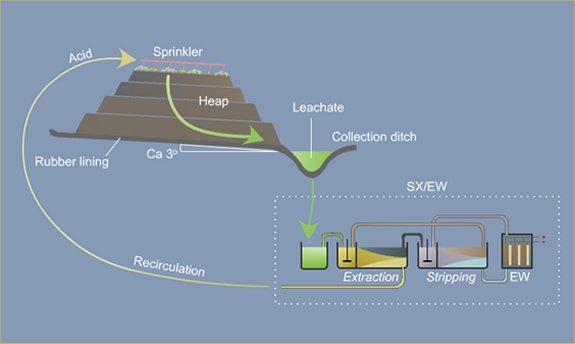How to distinguish good activated carbon from bad activated carbon? Is the iodine value really the only criterion? Why is it said that some activated carbon with an iodine value of over 1000 is still not good? What is the reason for this?
The standard for judging the quality of activated carbon is based on two factors. Firstly, the higher the iodine value, the better the adsorption capacity, and the more fragile the activated carbon, making it unsuitable for carbon slurry. Secondly, the amount of residue after the activation carbon which is burned should be minimal. The residue can affect the smelting recovery rate of gold.
Distinguishing Good and Bad Activated Carbon
Iodine value is indeed a crucial parameter in assessing activated carbon quality, but it's not the sole determinant. It primarily measures the micropore structure, which is important for adsorbing smaller molecules like iodine. However, it doesn't provide a complete picture of the carbon's overall performance.
Factors Affecting Activated Carbon Quality:
Pore Structure:
Micropores: Essential for adsorbing small molecules. Iodine value primarily reflects this.
Mesopores: Important for adsorbing larger molecules.
Macropores: Facilitate mass transfer and access to micropores.
Surface Area: A higher surface area generally implies better adsorption capacity. However, the type of pores is equally critical.
Ash Content: High ash content can reduce adsorption capacity and increase the risk of catalyst poisoning.
Hardness: Good activated carbon should have sufficient hardness to withstand abrasion and pressure drops in packed bed systems.
Particle Size Distribution: Affects filtration efficiency and pressure drop.
Target Contaminants: The specific contaminants to be removed determine the optimal activated carbon properties.
Why Iodine Value Alone Isn't Enough:
Limited Scope: It only measures micropore volume, neglecting mesopores and macropores.
Different Contaminants: Different contaminants have different molecular sizes and affinities for different pore structures.
Other Factors: Ash content, hardness, and particle size also influence performance.
Activated Carbon with Iodine Value Over 1000:
While a high iodine value indicates excellent micropore development, it doesn't guarantee optimal performance for all applications.
Overemphasis on Micropores: Excessive micropore development might compromise mesopore and macropore structure, reducing overall adsorption capacity for larger molecules.
Reduced Mass Transfer: Very small micropores can hinder mass transfer, limiting adsorption kinetics.
Potential for Dusting: High micropore volume can increase the tendency for carbon particles to break and form dust.
Therefore, a comprehensive evaluation considering multiple parameters is essential to select the right activated carbon for a specific application.
Additional Considerations:
Pilot Testing: Conduct small-scale tests under actual operating conditions to assess carbon performance.
Manufacturer Reputation: Choose reputable suppliers with quality control measures.
Cost-Benefit Analysis: Consider the overall cost, including carbon purchase, regeneration, and disposal.
By considering these factors, you can make informed decisions about activated carbon selection and optimize its performance in your application.
- Random article
- Popular articles
- Popular comments
- Copper Ore Partial Mixed Flotation Process
- Intense Magnetic Separation Process for Iron Ore
- Understanding the Gold Mine Flotation Process
- Gold Ore Thiourea Beneficiation
- Lead-zinc Ore Asynchronous Flotation Process
- Floatability flotation process for lead-zinc ore
- Chromite Gravity and Magnetic Separation Process
















Leave a message with your needs or comments
Add comment: